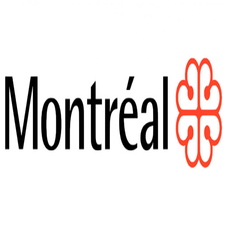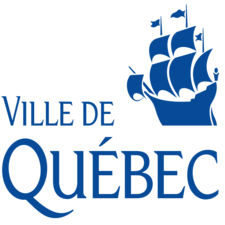Neighborhood
Type of resources
Topics
Keywords
Contact for the resource
Provided by
Formats
Representation types
Update frequencies
status
-

The City of Montreal identified 350 green streets in 2019. A green alley is an alley that has been redeveloped by residents, with the assistance of a borough or eco-neighborhood. The redevelopment of an alley can bring about changes in car traffic: complete, partial or seasonal closure. Arrangements can vary between excavating flower beds, installing various types of furniture and marking on the ground. The type of covering can vary between asphalt/concrete, gravel, gravel, vegetated, vegetated, plain pavement, honeycombed pavement, grass or a mixture of several of these elements. With the support of the Department of Coordination of Boroughs and Citizen Experience of the City of Montreal, wanted to gather this information in order to inform citizens, but also the services of its boroughs in order to promote, but also protect these developments.**This third party metadata element was translated using an automated translation tool (Amazon Translate).**
-

A geographic layer dividing Montreal into historical and analytical entities, meeting housing analysis needs. In addition, these neighborhoods are relatively homogeneous socio-economically living environments. **This third party metadata element was translated using an automated translation tool (Amazon Translate).**
-

We are referring here to the main social districts in Longueuil. The concept of sociological district does not refer to a formal administrative division. It illustrates the Longueuil territories (neighborhood) identified and recognized by local actors on the basis of history, belonging and socio-community organization and the challenges involved.**This third party metadata element was translated using an automated translation tool (Amazon Translate).**
-

This file contains the breakdown of the twelve RUIs in Montreal in 2014. “The RUI is an intervention strategy that differs from sectoral urban, economic and social development strategies, by the objectives it pursues and the concerted and participatory approach that it favors. The ultimate objective of the approach is to significantly and sustainably improve the lot of residents of disadvantaged territories. Achieving this ultimate objective depends on the achievement of very diverse “intermediate” objectives that vary from territory to territory.” Source: City of Montreal**This third party metadata element was translated using an automated translation tool (Amazon Translate).**
-

The geobase is a filamentary network of straight segments commonly called “sections”, which are generally digitized at the center of the street. A section is then a portion of road with homogeneous characteristics described mainly by the following attributes: an official and current toponym, address ranges and a reference to administrative boundaries (boroughs, municipal boundaries, neighborhoods as the case may be). Pathway classification table: - class 0 - Local streets - class 1 - Certain pedestrian routes - class 2 - Business seats - class 3 - Dock - class 4 - Private - class 5 - Collectors - class 6 - Secondary arteries - class 7 - Main arteries - class 8 - Highways - class 9 - Projected street Related data sets: - [Geobase double - street sides of the road network] (http://donnees.montreal.ca/dataset/geobase-double) - [Geobase - poles] (http://donnees.montreal.ca/dataset/geobase-pole) - [Geobase - destroyed sections] (http://donnees.montreal.ca/dataset/geobase-troncon-detruit) - [Geobase - section management] (http://donnees.montreal.ca/dataset/geobase-gestion-troncon) - [Geobase - nodes] (http://donnees.montreal.ca/dataset/geobase-noeud) __Warnings__ - The data released (Geobase - road network) must be used in accordance with the City of Montreal's open data policy and license. - The data disseminated (Géobase - road network) are those that are in our possession and are not necessarily up to date throughout the country. - The data disseminated (Geobase - road network) is provided for information purposes only and should not be used for the purposes of designing or carrying out the works, nor for the purpose of locating assets. - The City of Montreal and the Geomatics Division cannot be held responsible for the inaccuracies or inaccuracies of the data disseminated (Geobase - road network). **This third party metadata element was translated using an automated translation tool (Amazon Translate).**
-

Mapping of neighborhoods in Quebec City.**This third party metadata element was translated using an automated translation tool (Amazon Translate).**
 Arctic SDI catalogue
Arctic SDI catalogue